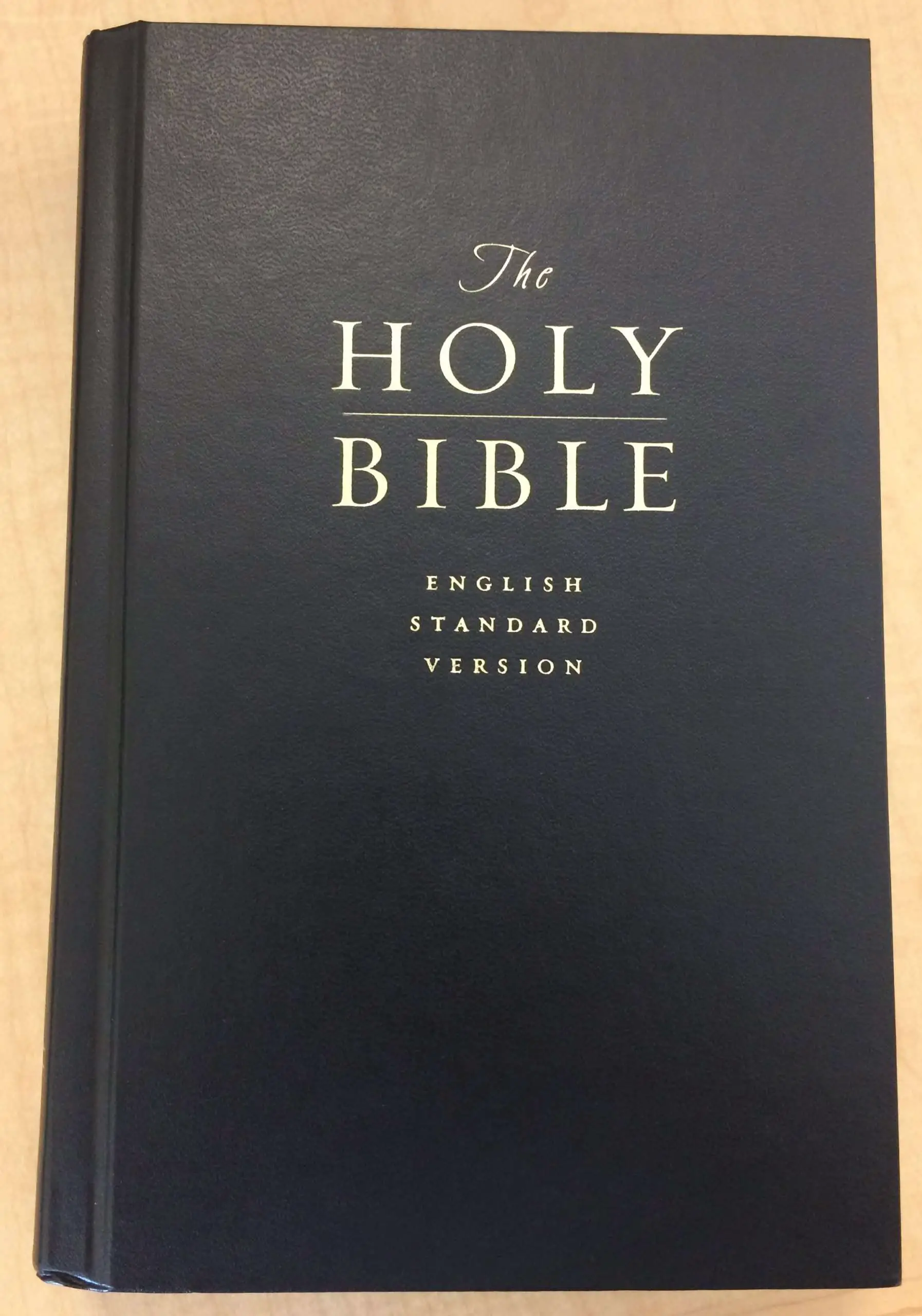Discover the Top 3 Easiest Bible Translations for Beginners: A Friendly Guide to Understanding Christianity
If you’re interested in learning more about the Bible and Christianity, you’re not alone. For many beginners, diving into the Bible can be overwhelming and confusing. With so many translations and versions available, it can be tough to know where to start.
In this article, we’ll introduce you to the Bible and its translations, and explore what makes some versions easier to understand than others. You’ll also discover our top 3 recommended translations for beginners, along with their benefits and drawbacks. And finally, we’ll offer some tips for studying and understanding the Bible as a beginner.

Whether you’re new to Christianity or just looking to deepen your faith, we’ve got you covered. Keep reading to learn more!
An Introduction to the Bible and its Translations.
For those seeking to deepen their understanding of Christianity, the Bible is an essential text. However, with so many translations available, it can be difficult to know where to start.

One of the easiest translations for beginners is the New Living Translation (NLT). This translation seeks to balance accuracy with accessibility, making it ideal for those new to biblical study. It uses modern language and sentence structure while still retaining the core message of the original text.
Of course, there are many other translations available as well. The popular English Standard Version (ESV) aims for a more literal translation while still being readable, while The Message takes a more interpretive approach and seeks to convey the meaning in contemporary language.
Ultimately, choosing a Bible translation comes down to personal preference and individual needs. Some may prefer a more traditional approach with the King James Version (KJV), while others may gravitate towards newer translations like the Common English Bible or New International Version.
Regardless of which translation one chooses, what’s most important is engaging with and exploring this foundational text in order to deepen one’s understanding of Christian faith and practice.
What makes some translations easier to understand than others?
When it comes to translations of biblical texts, some versions are easier to understand than others. This can be attributed to a variety of factors, including the language used, the translation approach taken, and the target audience for the translation.
One key factor is the use of modern language versus archaic or outdated language. Translations that use contemporary language and phrasing are generally easier for beginners to understand. For example, versions like The Message or the New Living Translation aim for a more conversational tone that feels familiar and accessible.
Another factor is how closely a translator sticks to word-for-word versus thought-for-thought translation. A strictly word-for-word approach can result in clunky and confusing sentences that don’t flow naturally in English. On the other hand, thought-for-thought translations prioritize conveying meaning accurately rather than translating every word literally.
Finally, some translations are specifically targeted towards new believers or those with little background knowledge in Christianity. These versions may include additional explanatory notes or simplified language to help readers understand difficult concepts.
Ultimately, choosing an easy-to-understand bible version depends on personal preference and level of familiarity with Christianity. But by considering factors such as modernity of language and translation approach, beginners can find a version that helps them engage more deeply with biblical texts.
The top three recommended translations for beginners, along with their benefits and drawbacks, are…
For beginners looking to delve into the word of God, selecting the right translation can make all the difference. Here are three recommended translations that cater to varying needs and preferences.

1. New International Version (NIV)
The NIV is a popular choice for beginners due to its easy-to-read language and contemporary style. It strikes a balance between accuracy and readability, making it accessible for those who may not have a strong background in Christianity. However, some critics argue that it sacrifices too much accuracy for clarity.
2. New Living Translation (NLT)
The NLT is another beginner-friendly option that prioritizes readability over strict adherence to original texts. It uses simpler language than other translations while still maintaining theological integrity. However, some more advanced readers may find it too simplistic and lacking in nuance.
3. English Standard Version (ESV)
The ESV is known for its precision in translating original Greek and Hebrew texts while still being accessible enough for beginners to understand. It has been praised by scholars as one of the most accurate modern translations available today but may require more effort from readers due to its formal language style.
Ultimately, choosing a translation comes down to personal preference and individual needs as each version offers unique benefits and drawbacks. Beginners should experiment with different translations until they find one that suits their learning style and helps them connect with God’s message on a deeper level.
Tips for studying and understanding the Bible as a beginner
Studying and understanding the Bible can be a daunting task, especially for beginners. However, with some helpful tips and guidance, anyone can start exploring this sacred text with ease.
Firstly, it’s important to choose an easy-to-understand version of the Bible when starting out. Versions such as the New International Version (NIV) or New Living Translation (NLT) are great options for beginners as they use modern language and are easier to comprehend.
Another tip is to read the Bible with context in mind. Understanding the historical and cultural background of each book can help shed light on its meaning and relevance today. It’s also helpful to read different translations side by side to get a fuller understanding of the text.

Additionally, taking notes while reading can aid in retention and comprehension. Write down questions that come up or things that stand out to you, then research them further later on.
Finally, seeking guidance from others who have studied the Bible can be incredibly beneficial. Joining a study group or talking with a pastor or mentor can provide valuable insight and support as you navigate this journey of learning more about Christianity through scripture.
Overall, studying the Bible as a beginner may seem overwhelming at first but by following these tips and remaining open-minded, anyone can deepen their understanding of this important text.
Conclusion
Trying to understand the Bible can be a daunting task, especially if you are just getting started. However, with the right translation and approach, it’s possible to make sense of the Bible and start your journey into Christianity. We hope these tips have helped give you guidance on what translations are best suited for beginners as well as provide tips on how to tackle studying it. Remember that understanding scripture takes dedication and patience – so don’t be discouraged! And when in doubt – consult a pastor or trusted mentor for advice.












